Written by Guest Contributor on The Prepper Journal.
Editors Note: A guest contribution from Kevin Fleeman at LifeUnderSky.com to The Prepper Journal. A lot of gems in this to pick up and apply not only to the subject matter but to hunting and survival as well. As always, if you have information for Preppers that you would like to share and possibly receive a $25 cash award as well as be entered into the Prepper Writing Contest with a chance to win one of three Amazon Gift Cards with the top prize being a $300 card to purchase your own prepping supplies, enter today.
“Birding” is among the most popular recreational activities in America. In fact, statistics show that the total population of birders stands at around 47 million. At this rate, chances are if your next-door neighbor isn’t a birder, you are. And every skill and technique used by “birders” is directly applicable to survival in the wilderness.
Binoculars can help you spot a bird from a respectable distance away, but that is just about it. To get close and personal, the tool to use is a spotting scope. These will allow you to identify the type of bird by its unique markings with the least possible effort. Binoculars were the most important tool for birders however, with the quality of spotting scopes now available, this is really the right solution for any serious birder, or hunter, or survivalist.
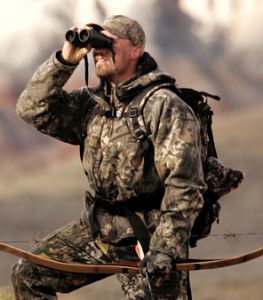
When it comes to magnification, binoculars simply cannot compete with spotting scopes. While most binoculars offer a maximum magnification of around 15x, this is where spotting scopes begin. Some have eyepiece lenses that can magnify up to 60x and the whole unit is capable of producing up to 150x magnification.
Image clarity is also another important benefit of using the scopes. Binos will not provide quite as clear an image owing to the fact that they are two telescopes joined together by a middle section. Each however, adjusts independently making it difficult to achieve that clear-cut synchronization.
Using a spotting scope for birding brings you closer than you ever have been to your target. Even birds you already knew start to appear different. At this point, you can watch your progression start to develop as you become more in tune with your target.
Tripod
All that magnification comes at a cost. The spotting scopes are usually larger that the binoculars. For this reason, you will need a good tripod stand to use the scope more efficiently. It should be able to raise the scope high enough for a comfortable viewing experience.
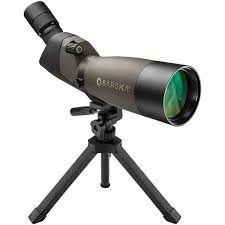
Compared with the regular binoculars which can simply be hung around your neck and raised just a short distance to your eyes, spotting scopes need to be set up correctly and this may take valuable time. However, you can be sure that once it is time to look through the eyepiece, the experience will be worth it. As always, in a SHTF scenario the lower tripod provides less of a signature, BUT, on can use the surrounding foliage, rocks and land features to camouflage a larger set up.
Configurations
There are two main types of spotting scopes. Straight scopes and angled spotting scopes. With the straight type, the viewing position is parallel to the length of the equipment. With angled scopes, the eyepiece is at an angle of 45 degrees to the length of the scope.
Beginner bird watchers tend to prefer the straight spotting scopes. They find these easier to use. On the other hand, angled scopes have a more comfortable viewing position.
Whichever scope you use depends on your personal preference or viewing habits. If you like bird viewing from your car window then the straight variety is the best. However, for those who like to watch birds with the company of friends and family, the angled spotted scopes are preferable. This is due to the fact that individuals of varying heights will be able to view with fairly little adjustments.
Differences Between Spotting Scopes
As we have seen above there are two main types of spotting scopes. But that is not to say that two straight scopes from different manufacturers have the same features. The main differences come in the eyepiece magnification and the objective lens.
Some scopes have a fixed eyepiece that offers a standard magnification. Others have interchangeable eyepieces enabling the bird watcher to up the zoom. For veteran bird watchers, the interchangeable eyepiece seems to be a favourite. This is because it is easy for them to zoom out in order to cover a wide area. Once having spotted the bird, they can zoom in for a closer look.
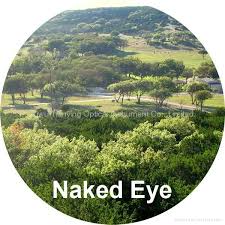
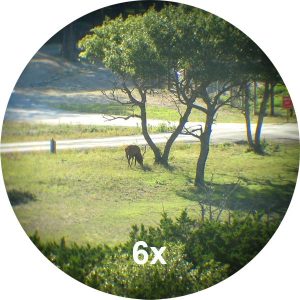
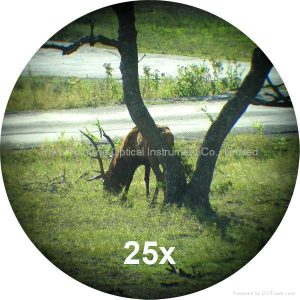
The diameter of the objective is also a factor to consider. The larger it is the more light that can be gathered providing an even clearer image when the sun begins to set. It is tempting to go for the one with the largest objective lens. However, this means extra weight. Remember that a spotting scope is a piece of equipment that you will need to carry with you often into the field.
Finding the Best Spotting Scope for Birding
When you decide to buy a spotting scope, check out the extra features that are available to you. These features have to make your bird watching experience that more enhanced.
One of the most important things to look for is the ability to withstand harsh climatic condition. The best scopes have a rubber coating that protects the internal parts from getting damaged by water or fog.
The experience is far better if you can take images with you back home. Some spotting scopes can be mounted onto cameras. This depends on the manufacturer and is referred to as digiscoping allowing you to take close up shots of your favourite birds.
Focus capabilities cannot be overlooked. Most modern spotting scopes have more than one feature for focusing on your birdie. Dual focusing is one of them where you can adjust for both coarse and fine viewing. This comes in handy where the target is quite a distance away and you need to zoom in. Adjusting for fine focus develops an even clearer image.
Apochromatic is a term that most spotting scope owners are aware of. It refers to a special lens that eliminates color schemes that are inaccurate also known as color aberrations. The image resolution is enhanced making it easy for you to identify the type of bird you are looking at.
Spotting scopes require a lot of investment both financially and logistics wise. Unlike the binoculars which you can hang around your neck and pull up to your eyes at will, a spotting scope requires extra equipment to be able to function properly. However, the advantages far outweigh any cons. For the birdwatcher with great passion, binoculars simply will not cut it. Spotting scopes bring a distant bird close enabling the viewer to get the best view.
Author
Eric John is the founder of LifeUnderSky.com which focuses on hunting/shooting/survival. As in his experienced, he will guide you through the Do’s and Don’ts of the hunting world and transform you into a better hunter. Whether you are an experienced hunting or an absolute beginner, you will find a gem!
The post How to Use a Spotting Scope for Birding appeared first on The Prepper Journal.
from The Prepper Journal
Don't forget to visit the store and pick up some gear at The COR Outfitters. How prepared are you for emergencies?
#SurvivalFirestarter #SurvivalBugOutBackpack #PrepperSurvivalPack #SHTFGear #SHTFBag

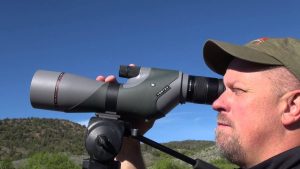
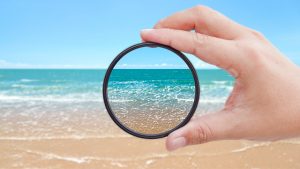
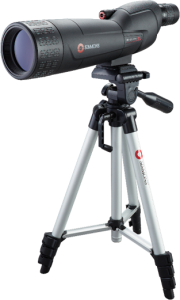
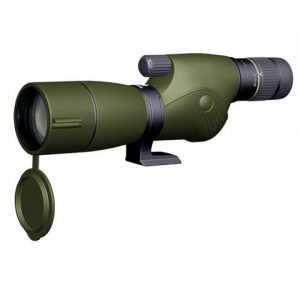
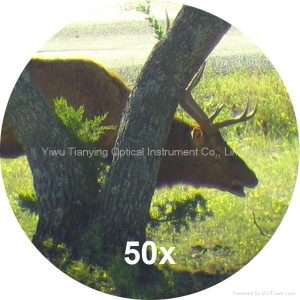
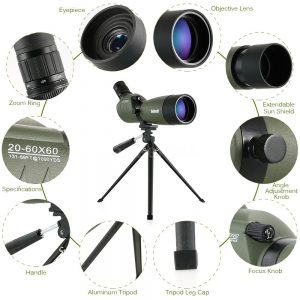
No comments:
Post a Comment